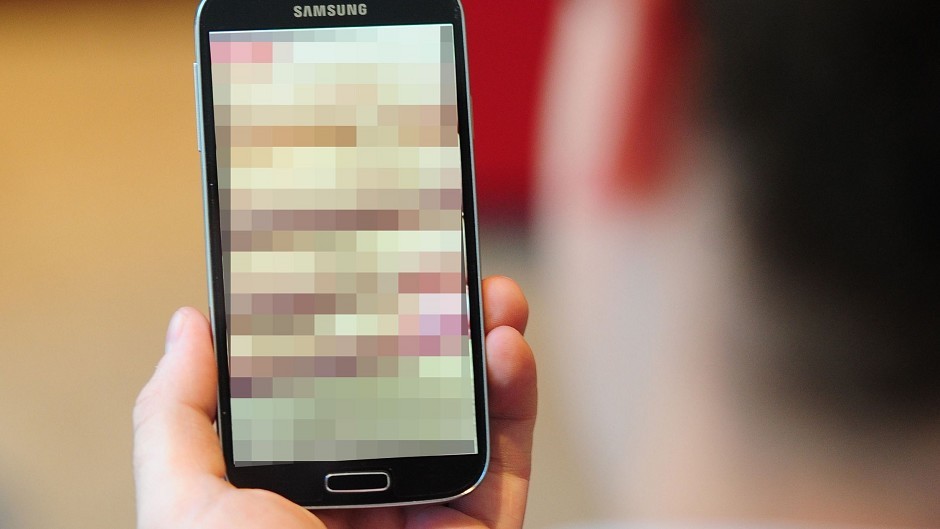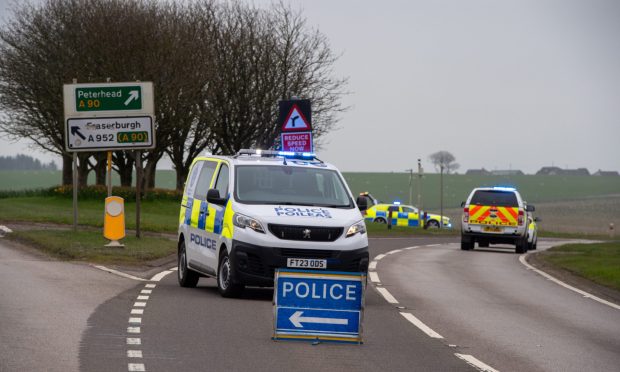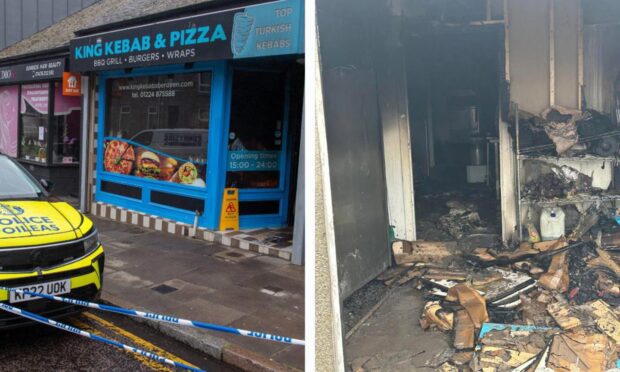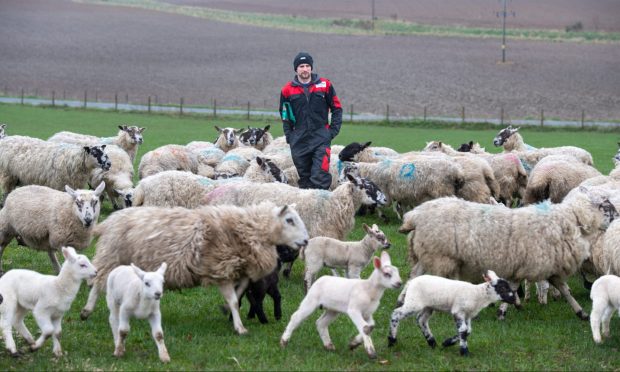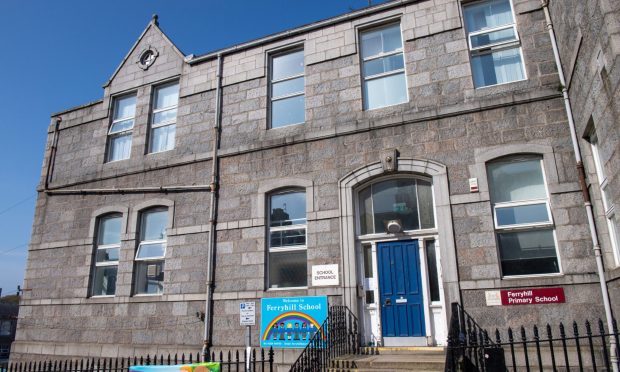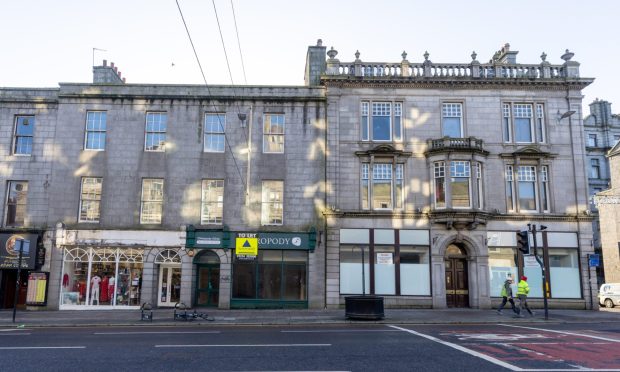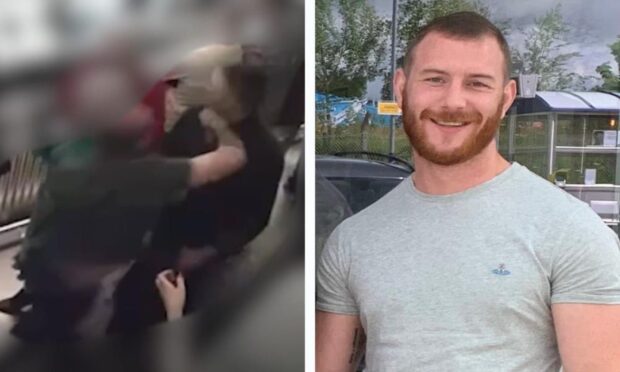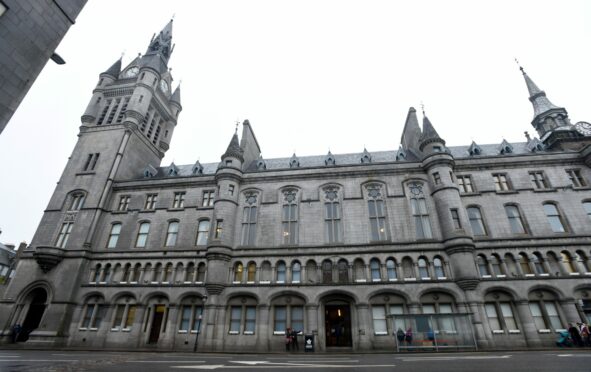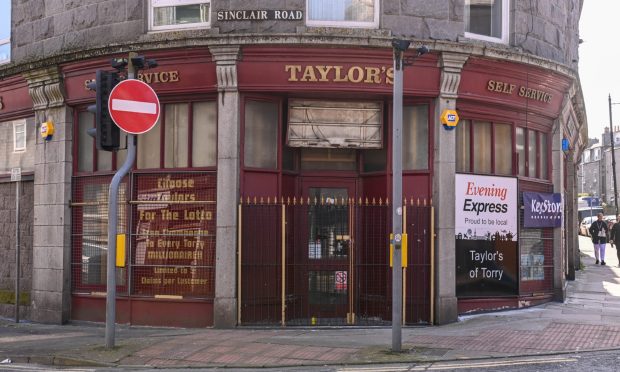Police have enlisted the help of a children’s sexual exploitation officer to tackle the growing number of sex crimes in the region.
Last week, officers said they believed the 20% rise could be the result of more youngsters in Aberdeen, Aberdeenshire and Moray sharing explicit images of one another over social media.
Now they have revealed they have teamed up with Barnardo’s for a pilot scheme aimed at identifying those most at risk – and acting to prevent them becoming victims.
It comes nearly 12 months after the Press and Journal revealed young women across the region were being humiliated on a revenge porn website.
The sickening site – which is still active – allows users to post nude pictures of victims or request others to upload images of women from particular towns and villages – including Forres, Elgin, Peterhead, Fraserburgh, Ellon, Banchory and Aberdeen.
Some users even ask for images of girls by name or secondary school.
But police hope to stamp out the crime by working closely with Barnardo’s to prevent such photos being circulated in the first place.
Initially, the programme will be trialled in Aberdeen and Dundee – with a children’s sexual exploitation (CSE) officer in each city.
The Aberdeen officer will also be able to respond to concerns across the wider north-east police division but each will be considered on a case-by-case basis. It is hoped the scheme will be rolled out nationally if funding can be secured.
Last night, the charity’s CSE programme manager Daljeet Dagon said the scheme would mean any concerns for a child’s safety could be shared immediately.
“It’s about trying to intervene early,” she said.
“It’s about finding out about why young people have become at risk and getting the police to direct any referrals to us. We’ll also try to deliver training to frontline police officers and raise the issue of CSE, so staff are able to identify it.
“We have never undertaken any research in Scotland on the scale, nature and extent of CSE. However, what we know is that we are working with about 200 young people every year – in Scotland – who are involved in CSE. Those figures are just the tip of the iceberg.”
Superintendent Kate Stephen described the problem as a “bigger than” than what officers could handle themselves.
Crimes of indecency – including rape, assault with intent to rape, indecent assault, sexual assault and prostitution-related offences – have risen from 337 to 407 in the last year, and “sexting” was also highlighted as a concern.
Supt Stephen told members of Aberdeenshire Council’s policy and resources committee: “It won’t be a surprise to anyone around this table that social media use is going to increase. Children are getting younger when they get mobiles and on social media with their peers.
“We’ve secured funding for a CSE officer from Barnardos. It’s a bigger issue than just the police – it’s for society and parents to see what children are doing on there mobile phones.
“Prevention is better than cure. But we anticipate the problem will get worse before it gets better.”
The age of consent for sexual activity in Scotland is 16, but anyone under the age of 18 is still seen as a child in the eyes of the law.
That means that young people who have and share explicit images of their peers under the age of 18 – even if taken of, or by themselves – are legally in possession of indecent images of a child.
Children caught are referred to the Children’s Reporter.
Last year, 157 children were reported for sexual offences.
Supt Stephen added: “For me the bigger issue is identifying the reasons why a child would commit the offence and educate them. It’s about prevention for the future.”
